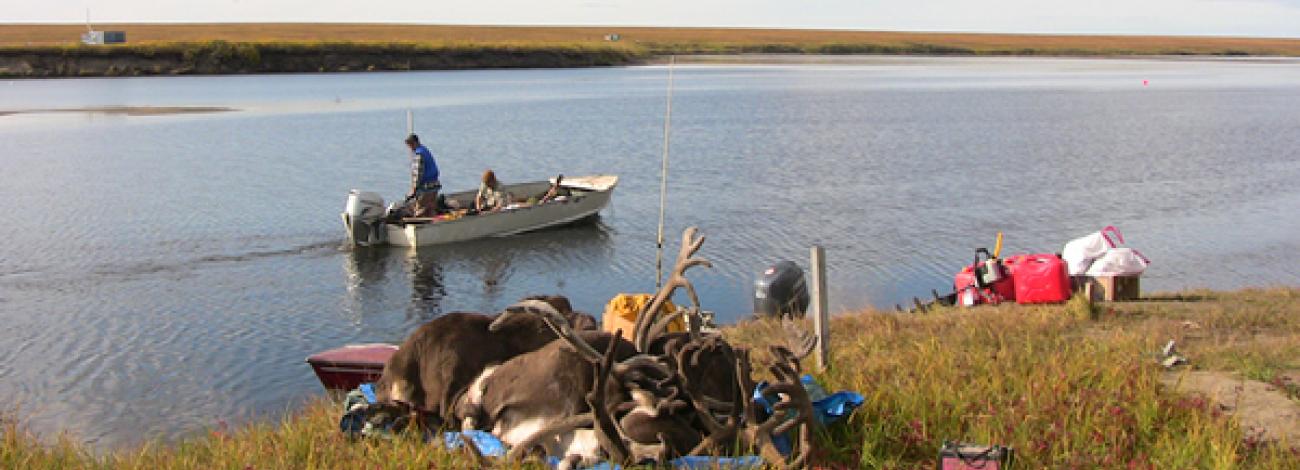
Alaska Federal Subsistence
You frequently hear the phrase, “It’s different in Alaska,” and many people wonder just how many activities are “different.” When it comes to subsistence harvesting, Alaska is unique among states not only through the traditional practice of living off the land, but because of federal law. Alaska is the only state where the subsistence use of fish and game is given the highest-priority for consumptive use. This happened when Congress passed a priority subsistence law in 1980 for federal lands in Alaska in the Alaska National Interest Lands Conservation Act (ANILCA).
Subsistence is defined by federal law as “the customary and traditional uses by rural Alaska residents of wild, renewable resources for direct personal or family consumption as food, shelter, fuel, clothing, tools or transportation; for the making and selling of handicraft articles out of nonedible by-products of fish and wildlife resources taken for personal or family consumption; and for the customary trade, barter or sharing for personal or family consumption.”
In this largest state of our nation, with only 13 state roads connecting urban centers there are thousands of acres of uninhabited lands with no roads at all. Driving to the supermarket to buy something for dinner is out of the question, so subsistence harvesting of food and materials becomes an activity of paramount importance.
The current rural subsistence harvest is about 295 pounds of food per person per year, according to the Federal Subsistence Management Program. That is more than the U.S. average consumption of 255 pounds of domestic meat, fish, and poultry per year. (The average American uses a total of 1,371 pounds of all foods a year.)
According to the State of Alaska, food is one of the most important subsistence uses of wild resources, but there are also many other protected uses:
- Clothing: Wild furs and hides are still the best materials for ruffs (wind guards), mitts, parkas, kuspuks, clothes lining, and mukluks (winter boots) in many regions.
- Fuel: Wood is a major source of energy in rural homes, and is used for smoking and preserving fish and meat.
- Transportation: Fish, seals, and other products are used to feed dog teams.
- Construction: Spruce, birch, hemlock, willow, and cottonwood are used for sleds, fish racks, and innumerable other items.
- Home goods: Hides are used as sleeping mats. Seal skins are used as pokes to store food. Wild grasses are made into baskets and mats.
- Sharing: Fish and wildlife are widely given out to support neighbors who cannot harvest for themselves because of age, disability, or other circumstances.
- Customary trade: Specialized products like seal oil are bartered and exchanged in traditional trade networks between communities. Furs sold to outside markets provide an important source of income to many rural areas.
- Ceremony: Traditional products are used in funerals, potlatches, marriages, Native dances, and other ceremonial occasions.
- Arts and Crafts: Ivory, grass, wood, skins, and furs are crafted into beautiful items for use and sale.
All of these uses of wild resources are recognized and protected in law. Subsistence is a rich pattern of living, of which food is but one important part.
